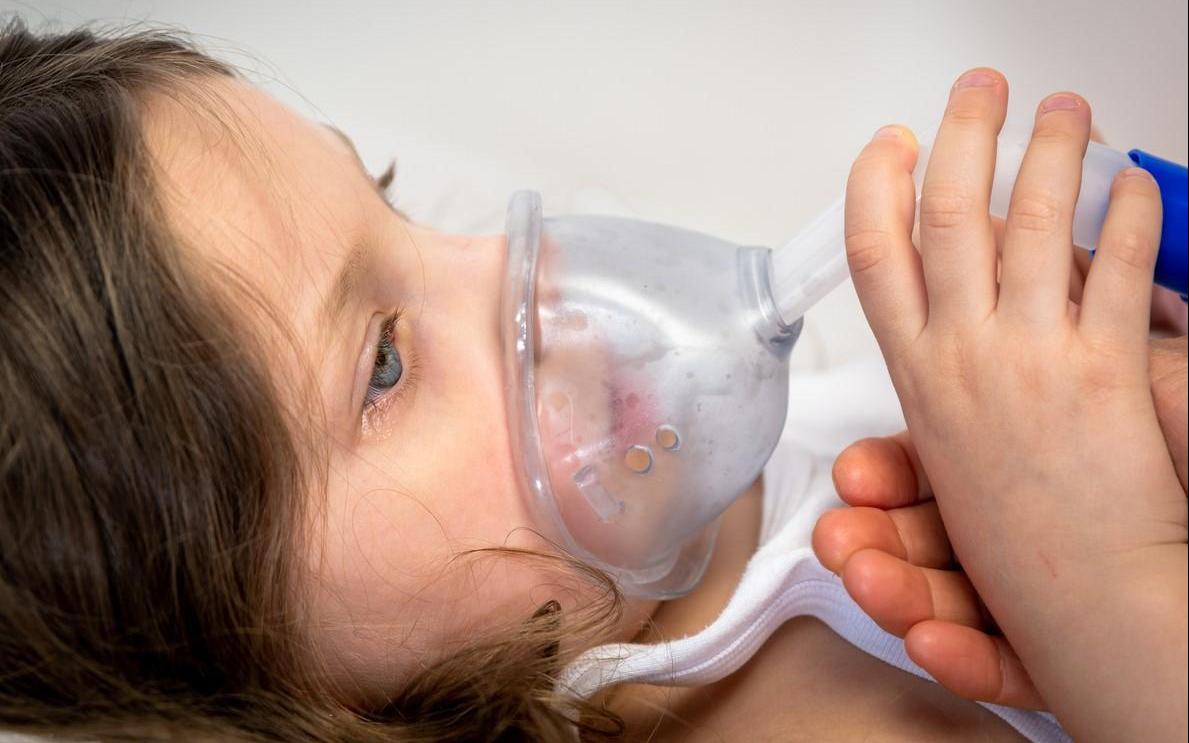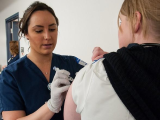The Centers for Disease Control and Prevention (CDC) today warned of an urgent need to increase vaccine coverage for flu, COVID-19, and respiratory syncytial virus (RSV) against a backdrop of lagging immunization rates and ongoing rises in respiratory disease activity from multiple viruses.
Heading off strain on health systems
In a Health Alert Network (HAN) notice, the CDC warned that ramped up respiratory virus activity could lead to more disease and strain healthcare capacity in the weeks ahead. High RSV activity is occurring across much of the United States, and respiratory disease is highest in the southern half of the country, with trends increasing in the north.
"Healthcare providers should administer influenza, COVID-19, and RSV immunizations now to patients, if recommended," the CDC said. It also urged clinicians to recommend antivirals for flu and COVID-19 to eligible patients, especially those at high risk for complications.
Healthcare providers should administer influenza, COVID-19, and RSV immunizations now to patients, if recommended.
Over the past 4 weeks, hospitalizations have risen 200% for flu, 51% for COVID, and 60% for RSV. Pneumonia hospitalizations in children have increased since September but are in line with past fall and winter respiratory disease seasons.
MIS-C concerns
Also, the CDC reported a rise in multisystem inflammatory syndrome in children (MIS-C), a rare but serious condition that can follow COVID infection. Since September 1, the CDC has received 30 reports of MIS-C, which can occur 1 month after COVID illness. Illness onsets occurred from August 6 to November 9, an increase over previous months.
MIS-C causes different body parts to become inflamed, including the heart, lungs, kidneys, brain, skin, eyes, or gastrointestinal tract, the CDC said in background information. The condition can be serious or fatal, but most children who are diagnosed with this condition get better with medical care.
Though scientists are still exploring why some children experience MIS-C, the CDC added that the best way to prevent the complication is to be immunized.
Overcoming immunization challenges
In today's HAN update, the CDC detailed the reasons for low respiratory virus vaccine uptake, based on a recent survey it commissioned. One was lack of a provider recommendation.
The CDC urged providers to double down on administering vaccines against all three viruses and included resources for addressing patients' concerns about issues such as safety and getting multiple vaccines at once.
Currently, flu vaccine uptake is roughly 40% for children and adults, but coverage with the updated COVID vaccine is much lower: only 7.7% in children and 17.2% in adults, according to CDC data. Uptake in higher in seniors for both vaccines. For the RSV vaccine, uptake is 15.9% in adults ages 60 and older.


















